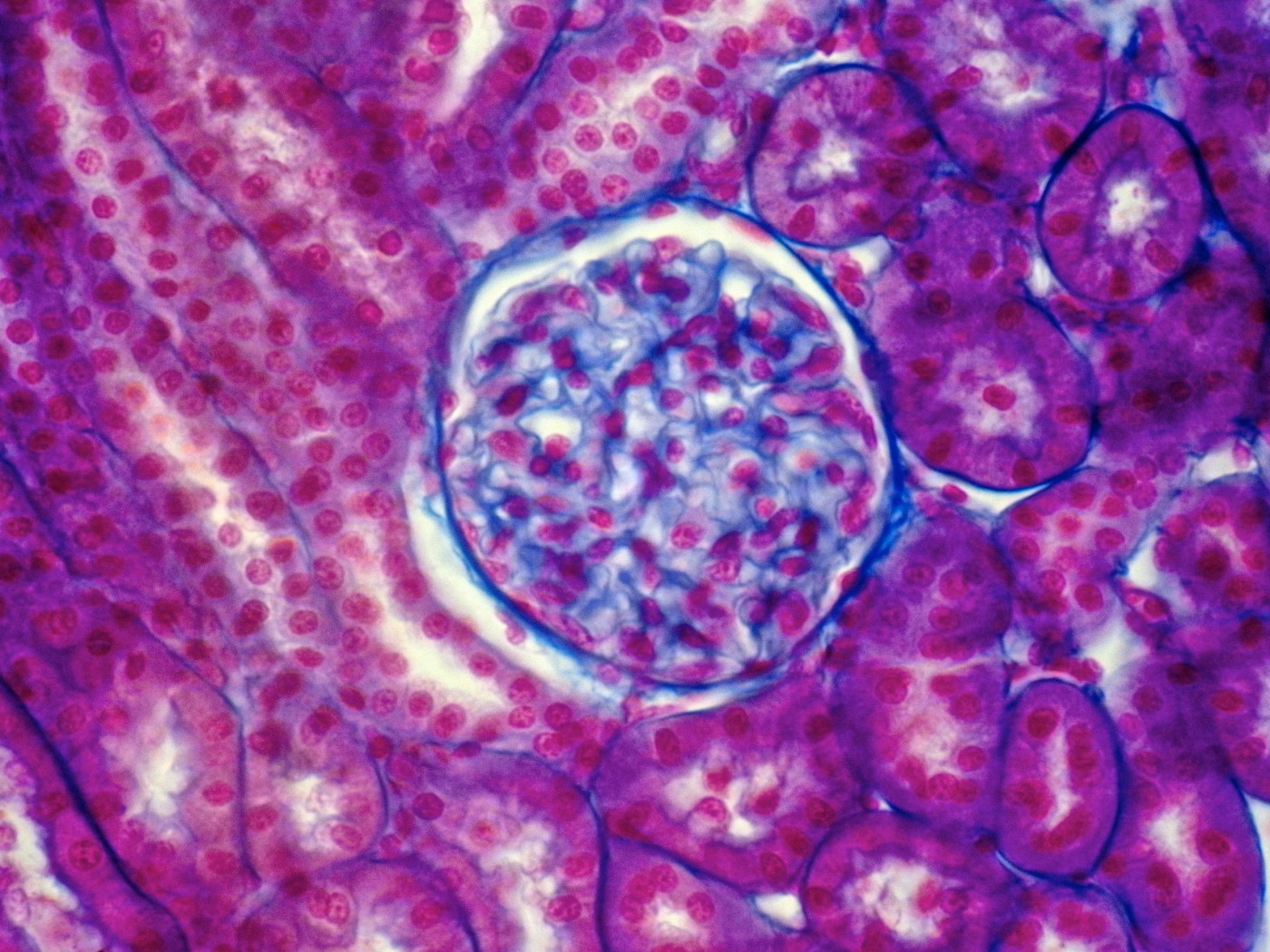Researchers Identify Predictors of Kidney Disease in Sickle Cell Patients

Sickle cell disease (SCD) patients may have a more rapid decline in kidney function, indicated by a marked decrease or increase in the kidney’s filtering capacity, according to recent research.
The study, titled “9 Factors Related to the Progression of Sickle Cell Disease Nephropathy,” was presented at the American Society of Hematology (ASH) Annual Meeting and Exposition.
Kidneys are essential organs whose key responsibility is to filter excess fluid and waste products from the blood into urine, which is then eliminated from the body. This is a constant function performed by a microscopic blood filter called the glomerulus. The glomerular filtration rate is a measure of kidney function. Certain clinical conditions can increase the rate of filtration, called glomerular hyperfiltration.
A loss of blood supply to the glomerulus (glomerular ischemia), as well as an abnormal increase in its filtering capacity (hyperfiltration) and hyposthenuria (the excretion of urine of low specific gravity caused by the kidney’s inability to produce concentrated urine) are known to occur in sickle cell disease. However, the conditions and risk factors associated with them remain unclear.
Researchers “sought to evaluate clinical, laboratory and genetic predictors of sickle cell disease nephropathy [kidney disease] progression” in a cohort of patients with SCD, the study’s first author, Julia Z. Xu, MD, said in a news release. Researchers at Duke University Medical Center investigated how these glomerular parameters were affected in patients with sickle cell disease.
They reviewed data from 280 adults with sickle cell disease who sought care at Duke Medical Center. Patient data from inpatient and outpatient visits was collected from the Duke Enterprise Data Unified Content Explorer.
They estimated patients’ glomerular filtration rate using both the extended Modification of Diet in Renal Disease Study (MDRD) and Chronic Kidney Disease Epidemiology Collaboration (CKD-EPI) equations. Researcher defined theoretical values of glomerular filtration rates associated with kidney disease.
The analysis showed a high prevalence of hyperfiltration in their study cohort. When investigating further, researchers found that the major markers for patients exhibiting a decrease in the glomerular filtration rate were proteinuria (the presence of excess proteins in the urine) and increased hemolysis (rupture of red blood cells).
Other parameters that also predicted kidney disease included lower baseline hemoglobin, a higher reticulocyte (immature red blood cells) count, and higher levels of an enzyme called lactate dehydrogenase.
Overall, “our results highlight the rapid rate of glomerular filtration rate decline and the high prevalence of hyperfiltration in adults with SCD, while not showing a correlation between the two,” researchers wrote. “Proteinuria and markers of a higher hemolytic rate, among other measures, were most predictive of a rapid glomerular filtration rate decline.”
Future studies are needed to confirm these preliminary results, which suggest that therapies that slow the glomerular filtration rate decline may improve outcomes in sickle cell patients, they added.






